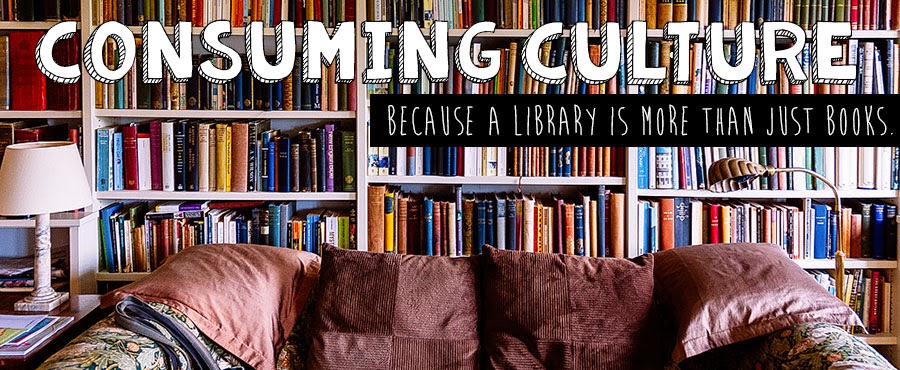 Fundamentals of Writing 101: A novel can have an amazing premise, but if you don't care about the characters, it's a dud. Characters are what draw you into the story, make it relatable, humanize it. Love them or hate them, characters are created to draw emotion out of the reader. You know the characters from the books you love; you can't remember the ones from the books you don't.
Fundamentals of Writing 101: A novel can have an amazing premise, but if you don't care about the characters, it's a dud. Characters are what draw you into the story, make it relatable, humanize it. Love them or hate them, characters are created to draw emotion out of the reader. You know the characters from the books you love; you can't remember the ones from the books you don't.An opening line: "Sometimes, Marie got a little drunk at work."
Simple. Effective comma usage. A+ in my book of excellent opening lines. It's not bold and definitive—"Marie gets drunk at work." Or toned down and giving the benefit of the doubt—"On occasion, when Caitlin is sleeping, Marie will have a drink while still technically on the job." It's ambiguity at its finest, urging you to read on and find out more about this "Marie."
What we find out about Marie: she's thirty years old; she just spent six years in prison for being an accessory to a bank robbery and murder. But Marie wasn't any part of that, really. She was just a young girl madly in love, dragged into that unfortunate business. On the day Marie is released from prison, no one is there waiting for her. With no one to turn to, she ends up on the doorstep of her childhood friend Ellen's brownstone and lands a job as nanny to Ellen's two-year-old daughter, Caitlin. What follows is a journey of ups, downs, and bad decisions as Marie runs off to Paris with Caitlin and Ellen's French novelist husband, Benoit Doniel, and makes her way across more than one continent with the titles "home-wrecker," "kidnapper," and "ex-con" chasing closely behind.
I couldn't really like Marie just because of how lazy and screwed up she is and how many stupid, selfish decisions she makes, but for some reason, I felt a bit of empathy for her. Not a ton, but enough to keep me interested in reading. Her dynamic with Caitlin is perhaps the most telling—Marie hasn't advanced much emotionally beyond a two-year-old. She does what she wants and takes what she wants without thinking her actions through, without weighing their consequences or considering their effect on others. She has a history of depending on people who are not strong enough to support even themselves, and inevitably, the dependent Marie is left to fend for herself. She's hopelessly immature, and her morale rollercoasters between high and low. But most importantly, Marie never lives with regret.
I easily read the first half of this book within a matter of an hour or two. Dermansky sucks you in quickly, and you're aching to know what happens next. But around page 130, I started to get bored with Marie and the places she was taking herself. It's like, the author finished the picture of Marie and then just kept painting on details that didn't add anything to the overall work. The places Marie went and the people she met didn't tell me anything I didn't already know; they just reinforced the story rather than adding to it. And for me, it got a little tired. By the end, I was more interested in wrapping up the plot rather than the character, because I had no faith that Marie would change.
But alas, a character-driven story has a character-driven ending, and I was left a bit unsatisfied. However, Marie remains the most finely-crafted fuck-up I've encountered in a long while.
Oh, and the cover art completely ROCKS.
Bad Marie was released by Harper Perennial on July 1st.
Review copy provided by the publisher (at BEA).





